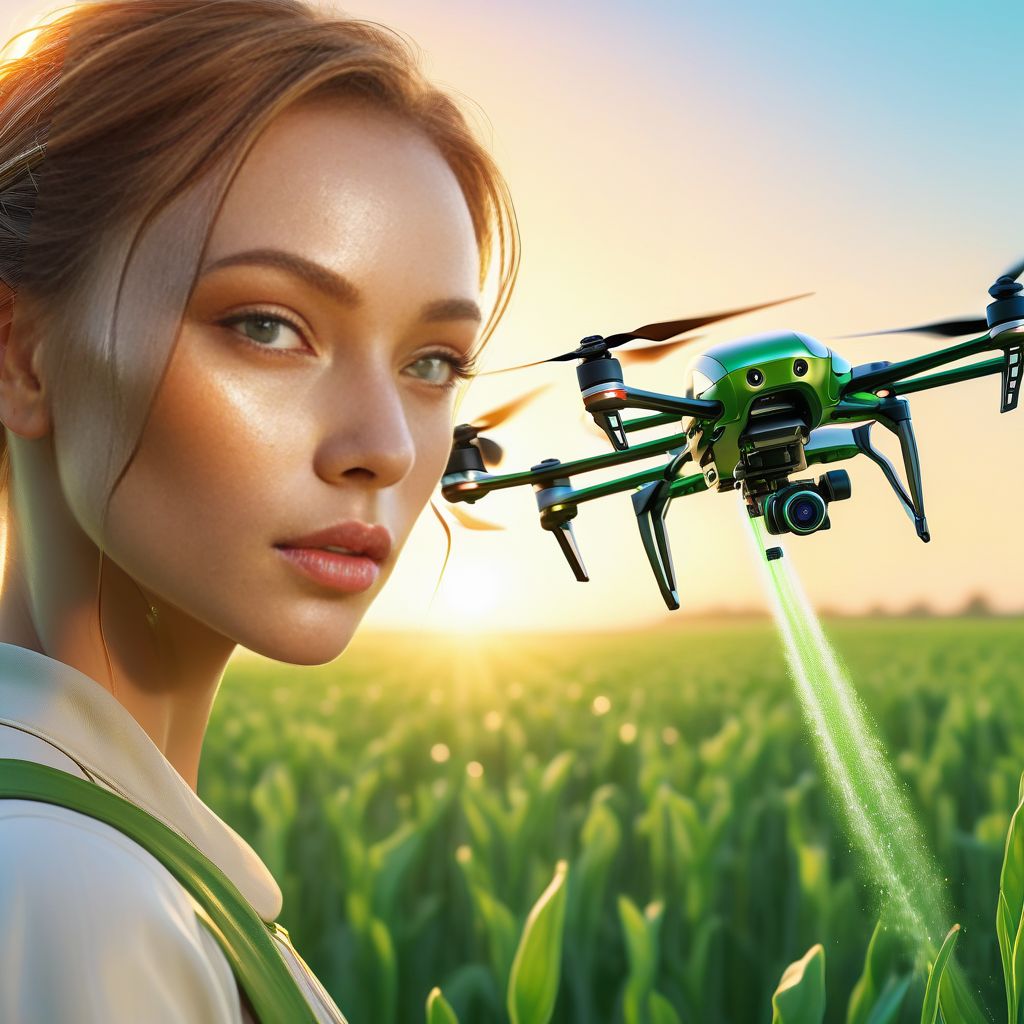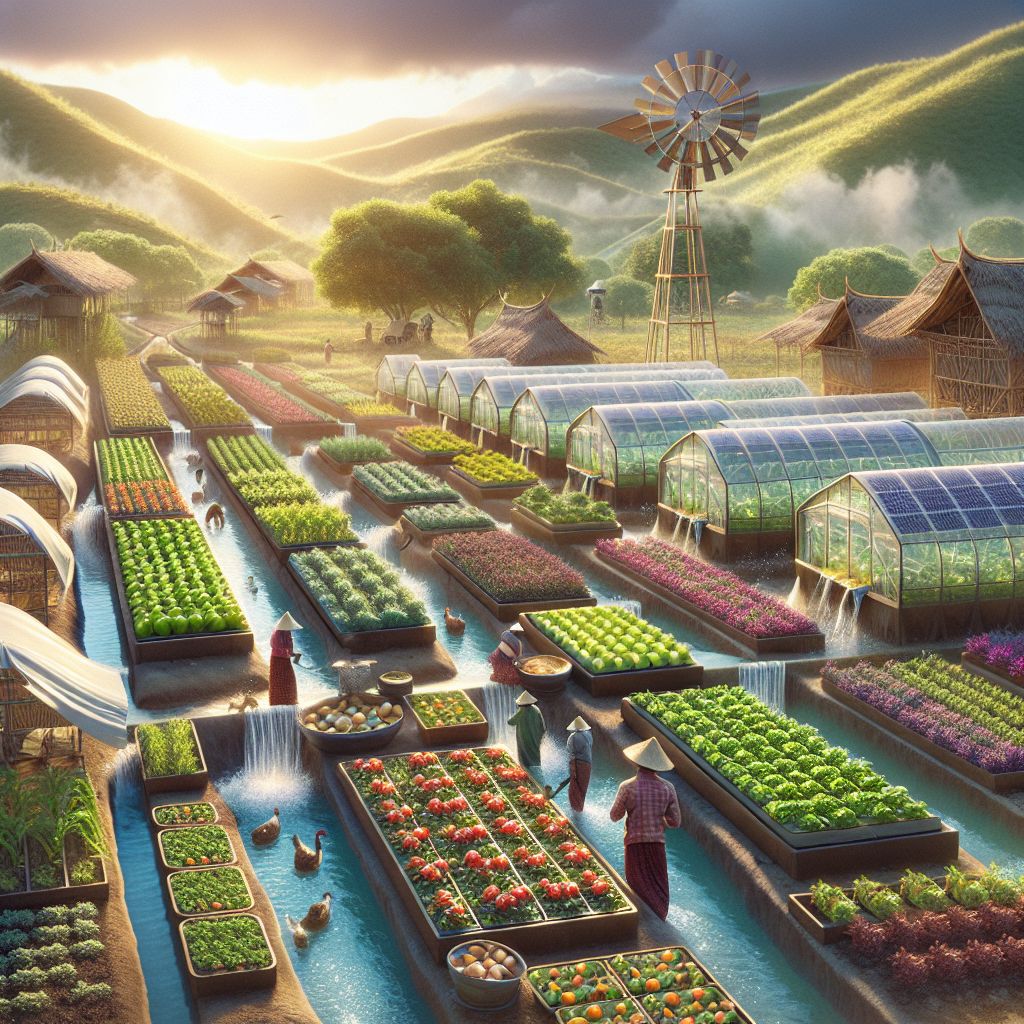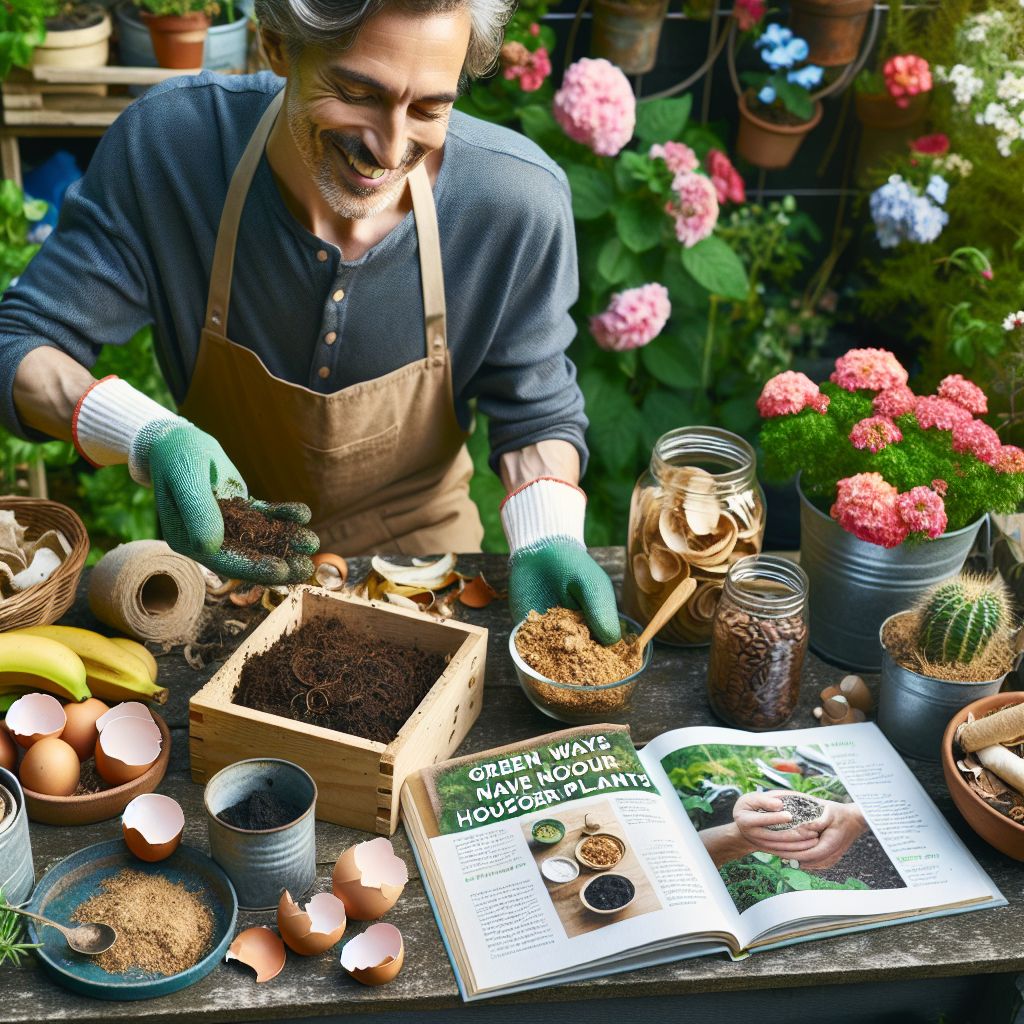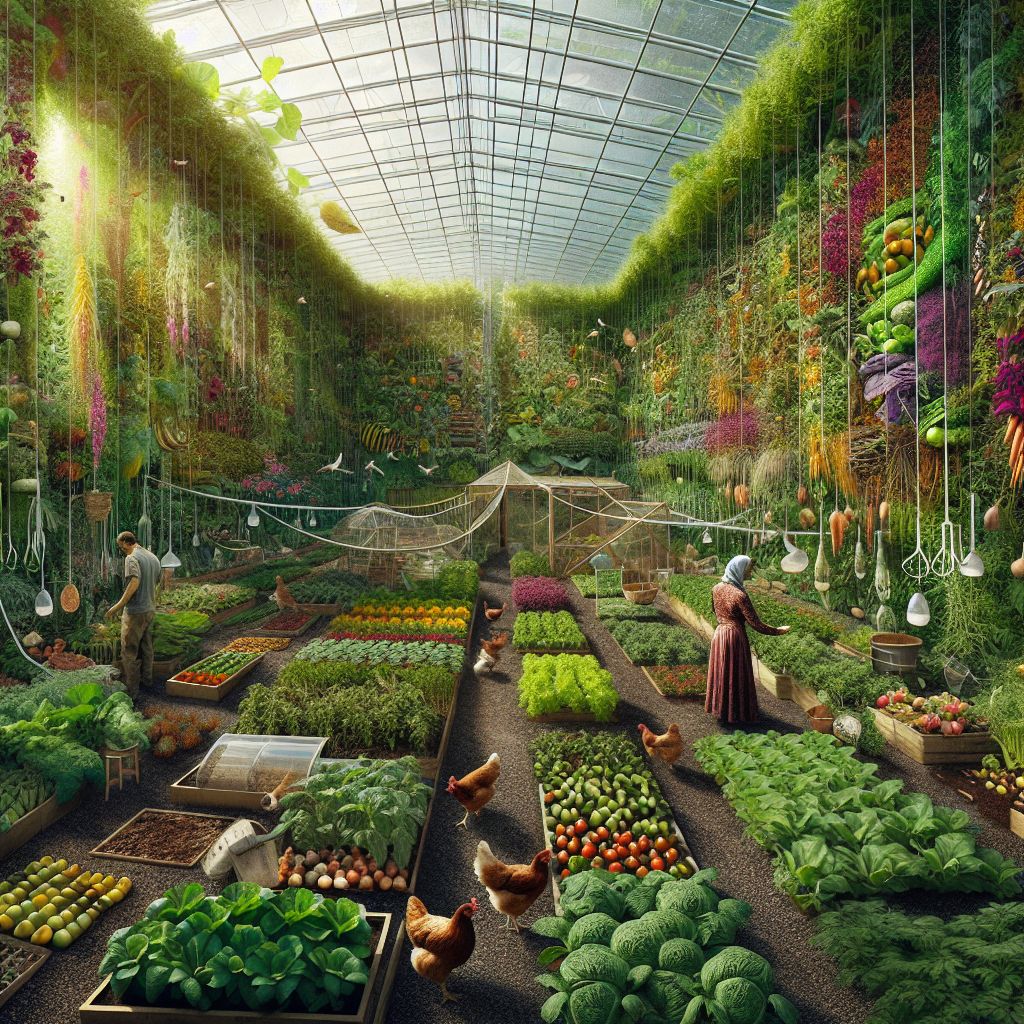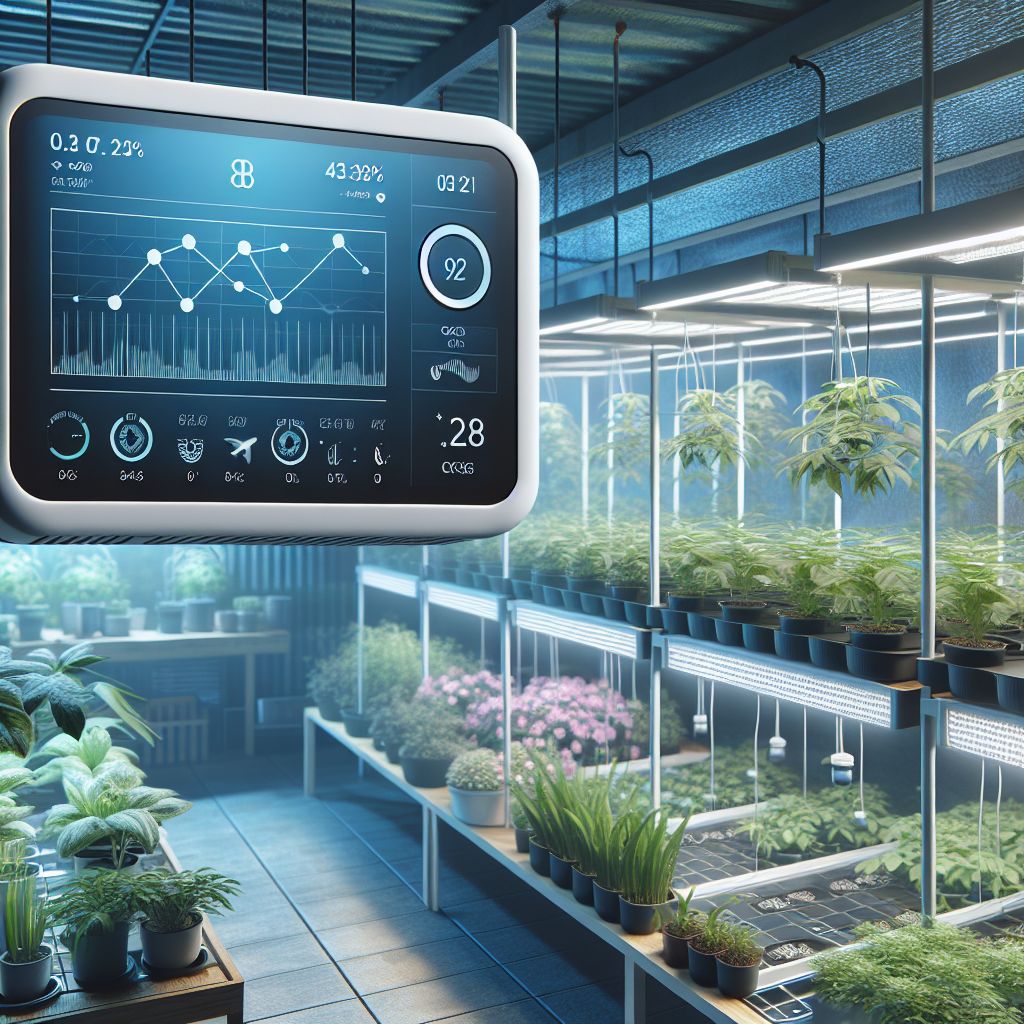Key Takeaways
- IoT vertical farming uses advanced technology to monitor and optimize plant health and growth.
- Key IoT devices include sensors, control systems, and data analytics platforms.
- Real-time data from IoT devices can detect plant diseases early and track plant growth accurately.
- Optimizing climate conditions and resource use through IoT leads to healthier plants and higher yields.
- Examples like FarmOne show the real-world success of IoT vertical farming in urban environments.
Gearing Up for Growth: Advanced IoT in Vertical Farming
Imagine walking into a farm where the rhythm of nature meets the precision of technology. This is the reality of IoT vertical farming. Here, plants thrive under the watchful eye of sensors, and every droplet of water is accounted for through smart systems. It’s a place where efficiency and sustainability go hand in hand, ensuring that the food on our plates is as fresh as it is responsibly grown.
What is IoT Vertical Farming?
At its core, IoT vertical farming is the integration of the Internet of Things (IoT) technology into controlled-environment agriculture. Think of IoT as the brain of the farm, constantly collecting data, making decisions, and acting on them to improve the health and yield of plants. This approach to farming stacks crops vertically, making it possible to grow more in less space, which is crucial as our urban areas expand and arable land shrinks.
IoT in vertical farming isn’t just about saving space, though. It’s about creating an optimal growing environment for plants. Sensors measure everything from temperature to humidity, light levels to soil pH. This data is then used to adjust the environment in real-time, ensuring that plants get exactly what they need to grow strong and healthy.
Benefits of Embracing IoT for Crops
But why go to all this trouble with sensors and data? Because it leads to healthier plants and better yields. Here’s what happens when you harness the power of IoT in vertical farming:
- Improved Plant Health: With continuous monitoring, any sign of disease or distress is detected early, and the environment can be adjusted to help the plant recover.
- Resource Efficiency: Water and nutrients are precious. IoT systems ensure they are used efficiently, reducing waste and saving costs.
- Consistent Quality: By controlling the environment, you can grow crops that are consistently high in quality, no matter the season.
- Reduced Labor Costs: Automation reduces the need for manual labor, which can be both physically demanding and costly.
- Environmental Benefits: Vertical farming uses less water and land than traditional farming, reducing its environmental footprint.
These benefits are not just hypothetical. They’re real, and they’re being realized by farms around the world right now.
Crucial Health Monitoring Techniques
Let’s dive deeper into the health monitoring techniques that are revolutionizing the way we farm.
Sensors and Data Analysis
- Temperature and humidity sensors keep the climate within the sweet spot for plant growth.
- pH and nutrient sensors ensure that plants get the right balance of nutrients.
- Light sensors adjust the intensity and duration of light to mimic the perfect day, every day.
But having data is only half the battle. The real magic happens when this data is analyzed and used to make informed decisions about the farm’s operations. This is where sophisticated software comes into play, turning raw data into actionable insights.
For example, if the data shows that a certain area of the farm is consistently too humid, the system can automatically adjust the ventilation to correct the issue. This proactive approach to plant health is what sets IoT vertical farming apart.
Remote Disease Detection
One of the biggest challenges in farming is disease. A single outbreak can wipe out an entire crop. But with IoT, the risk of disease can be greatly reduced.
Sensors can detect changes in a plant’s health before any visible signs of disease appear. This early detection means that farmers can take action immediately, isolating affected plants and treating them before the disease spreads.
And because all of this can be monitored remotely, farmers can keep an eye on their crops from anywhere in the world. This is not just convenient, it’s a game-changer for the health and safety of our food supply.
Plant Growth Tracking
Growth tracking is another area where IoT shines. By monitoring plant growth, farmers can optimize their operations in real time. For instance, if the data shows that plants are growing more slowly than expected, the farmer can investigate and address potential issues such as inadequate lighting or nutrient deficiencies.
This level of control over the growth process is unprecedented and it’s all thanks to the power of IoT. By understanding exactly how plants are growing, farmers can make tweaks to the environment to maximize growth and yield.
h
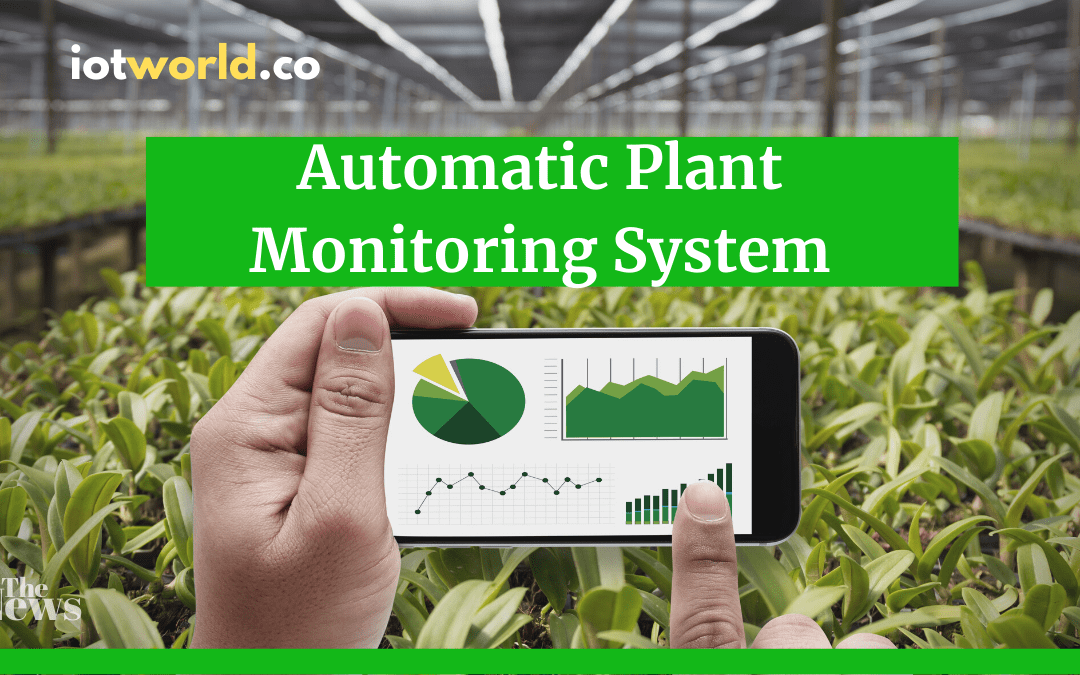
“Automatic Plant Monitoring System | IoT …” from iotworld.co
In the next section, we’ll explore how IoT not only keeps plants healthy but also optimizes the entire farming system for peak performance.
Nutrient and Water Use Efficiency
When it comes to vertical farming, precision is key. Plants are like people, they need the right amount of food and water at the right time to flourish. IoT technology enables us to deliver nutrients and water in precise quantities, ensuring that nothing goes to waste and plants get exactly what they need.
- Smart irrigation systems deliver water directly to the roots, reducing evaporation and runoff.
- Nutrient film techniques recirculate water and nutrients, minimizing waste.
- Soil moisture sensors provide real-time feedback, so plants receive water only when necessary.
This level of precision not only supports plant health but also conserves vital resources. By optimizing water and nutrient delivery, we’re not just growing healthier plants, we’re also taking a step towards a more sustainable future.
Moreover, the data collected from these processes informs future decisions, creating a cycle of continuous improvement. This is how we push the boundaries of what’s possible in agriculture.
Energy Management in Farming Operations
Energy is one of the biggest expenses in any farming operation. But with IoT, we can turn this challenge into an opportunity. By monitoring and managing energy usage, we can reduce costs and increase sustainability.
Here’s how:
- LED lighting is tailored to the plants’ needs, reducing electricity consumption.
- Climate control systems adjust in real time, avoiding energy waste.
- Energy monitoring devices track usage, identifying areas for improvement.
By taking a smart approach to energy management, we’re not only improving our bottom line, we’re also doing our part to reduce the carbon footprint of agriculture.
Transforming Farms with IoT System Optimization
The true potential of IoT in vertical farming lies in system optimization. It’s about creating a symphony where each element of the farm works in harmony with the others, driven by data and smart technology.
Automated Control Systems
Automated control systems are the conductors of this symphony. They take the information from sensors and use it to control the environment automatically. If the temperature gets too high, the system turns on the fans. If the humidity drops too low, it activates the misters. It’s all done seamlessly, without the need for constant human intervention.
These systems are not only more efficient, they’re also more reliable. They can make adjustments faster and more accurately than any human could, ensuring that the plants are always in the ideal environment for growth.
Machine Learning Algorithms for Predictive Analytics
Machine learning takes IoT to the next level. By analyzing patterns in the data, these algorithms can predict problems before they happen. They can tell you when a plant is likely to get sick or when a system is about to fail.
With this kind of predictive power, farmers can take preventative measures to avoid issues altogether. It’s like having a crystal ball for your farm, and it’s a game-changer for efficiency and productivity.
Integration of Renewable Energy Sources
Besides optimizing the existing systems, IoT can also help integrate renewable energy sources into farming operations. Solar panels and wind turbines can power sensors and control systems, reducing reliance on fossil fuels and making the farm more sustainable.
This integration is not just good for the planet, it’s also smart business. Renewable energy can reduce long-term costs and protect the farm against energy price fluctuations. It’s a win-win for the farm and the environment.
Success with IoT Vertical Farming
Now, let’s look at a real-world success story that illustrates the power of IoT in vertical farming.
FarmOne, located in the heart of New York City, is a perfect example of an urban farm that’s embraced IoT technology. With a plethora of sensors and control systems, FarmOne grows rare herbs and microgreens that are fresher and more sustainable than what’s typically available. Their produce is so popular that it’s used by some of the city’s top chefs.
This success is not just due to their innovative use of space, it’s also a testament to the power of IoT. By closely monitoring and adjusting the environment, FarmOne ensures optimal plant health and growth, leading to high-quality produce that’s in demand.
And it’s not just about the technology. It’s about a shift in mindset. By embracing IoT, we’re opening ourselves up to a world of possibilities. We’re no longer limited by traditional farming constraints. We can grow food anywhere, in any climate, with less impact on the environment.
This is the future of farming, and it’s a future that’s within our reach. So let’s roll up our sleeves and get to work. The revolution is just beginning, and there’s a place for everyone in it.
FAQ
What is IoT Vertical Farming?
IoT vertical farming is the application of Internet of Things technology to manage and optimize the growing conditions in vertical farms. It involves using sensors and devices to monitor various environmental factors and plant health indicators, which are then analyzed to adjust systems for optimal plant growth.
How Can IoT Enhance Plant Health Monitoring?
IoT enhances plant health monitoring by:
- Providing real-time data on plant conditions
- Enabling early detection of diseases or nutrient deficiencies
- Allowing for precise adjustments to environmental factors
- Tracking growth patterns and predicting future plant needs
These capabilities lead to proactive and responsive farming practices that maintain plant health and improve yields.
What Are Some Key IoT Devices Used in Vertical Farms?
Key IoT devices used in vertical farms include:
- Environmental sensors (temperature, humidity, CO2, light)
- Soil moisture and nutrient sensors
- Automated irrigation and nutrient delivery systems
- Energy consumption monitors
- Data analytics platforms
These devices work together to create a cohesive and intelligent farming ecosystem.
Can IoT Systems Help in Resource Conservation?
Absolutely. IoT systems contribute to resource conservation by:
- Optimizing water usage with smart irrigation
- Reducing nutrient waste through precise delivery
- Minimizing energy use with efficient lighting and climate control
Through these measures, vertical farms can significantly reduce their environmental footprint.
Are There Any Limitations to Implementing IoT in Vertical Farming?
While IoT offers numerous benefits, there are limitations to its implementation in vertical farming:
- High initial setup costs
- Technical expertise required for system management
- Dependence on reliable internet connectivity
- Potential cybersecurity risks
Addressing these challenges is essential for the successful adoption of IoT in vertical farming.

